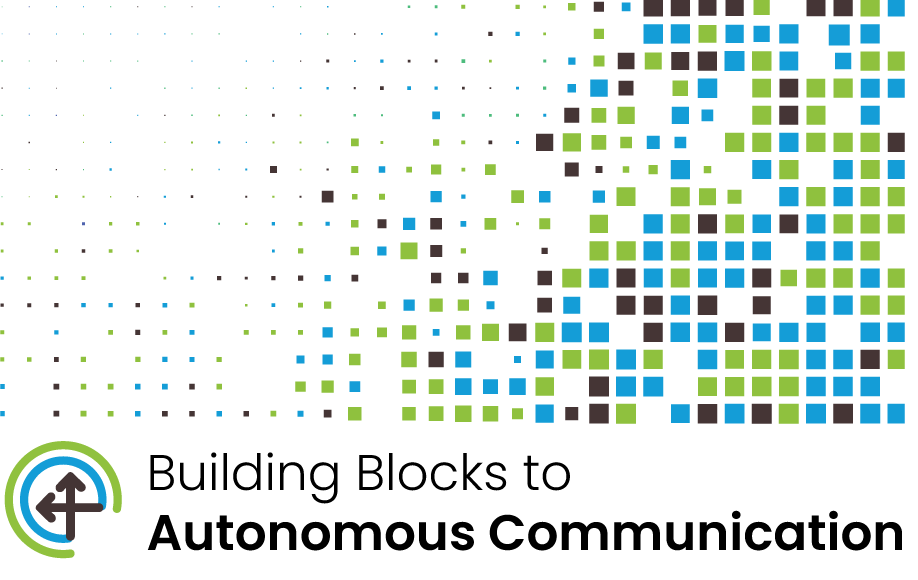Core Vocabulary
Description
Many learners with complex communication needs benefit from Augmentative and Alternative Communication (AAC), including core vocabulary, as a Tier 1 foundational support for:
- Language and communication
- Academic teaching and learning
- Social interaction and opportunities
Why Try Something New?
Have you ever spent time making activity-specific AAC? These types of communication supports often include nouns that are only used within that activity. This limits the impact and functionality of the communication support. Core vocabulary can be used across all activities, environments, and communication opportunities. The small set of words or symbols allows for repetition with variety.
What is Core Vocabulary?
Core vocabulary consists of a small number of powerful words that can be used across all subjects, topics, and environments. Approximately 85% of what speaking individuals say could be said with 250-350 words (which includes core words). Universal Core vocabulary is a group of 36 words that were selected due to their usefulness in educational settings. Core vocabulary can be used to make requests, refusals, gain attention, make comments, and much more!
Watch Sara Pericolosi, Assistive Technology (AT)/AAC Specialist for Alt+Shift, describe the difference between core and fringe vocabulary. If you don't have a core vocabulary system, download and print a Universal Core vocabulary board to start practicing!
How is core vocabulary different from fringe vocabulary?
Core vocabulary are words that are abstract which allows them to be used in a variety of settings, regardless of topic, context, or activity. This flexibility allows for core vocabulary to be demonstrated and used throughout the day. In comparison, fringe vocabulary are concrete words that are activity-specific. This makes fringe vocabulary limiting in regards to their communicative power.
| Fringe Vocabulary | Core Vocabulary |
|---|---|
| Large number of words | Small number of words |
| Low frequency of use | High frequency of use |
| Applicable in limited settings, topics, activities and/or contexts | Applicable in a variety of settings, topics, activities and/or contexts |
| ball, habitat, sum | not, he, all |
How do I teach core vocabulary?
Those working with learners with complex communication needs must demonstrate the use of core vocabulary throughout the day. To support learners:
- Demonstrate or point to one or more symbols while you speak. It's important to do this regularly and consistently across all environments. When we point to the symbols while we speak, it creates meaningful connections between spoken words and symbols. For example, you may say, "I want all of it" as you point to the symbols on the board.
- Make comments rather than ask questions. Asking questions reduces the opportunities to model a diverse use of symbols and intents.
- Encourage and invite learners to communicate using core vocabulary. Use long pauses with expectant facial expressions. Using AAC can take time, so be patient!
- Do not require learners to use core vocabulary or take a learner’s hand and use hand-over-hand to have them point to symbols. This type of behavior decreases a learner's role as an active communicator. It also negatively impacts their authentic communication.
- Recognize and assign meaning to all forms of communication such as gestures, eye gaze, pointing to symbols, vocalizations, etc.
- Expand the learner's message. For example, if a learner points to "More.", you can expand and model "Want more."
Why utilize core vocabulary?
Communication is the foundation for learning and connecting with one another. Core vocabulary allows learners to connect with others and share what they know.
Research has shown that learners begin to use the symbols that they are taught. Universal Core vocabulary consists of 36 words that are able to be generalized across all settings and activities. For this reason, we can provide hundreds of meaningful models to learners throughout a single day. Universal Core vocabulary is easy to acquire and start using today, regardless of your background or training.
Watch Dr. Karen Erickson, Director at the Center of Literacy and Disabilities Studies at the University of North Carolina-Chapel Hill talk about why you should get started with Universal Core vocabulary. Dr. Erickson speaks about Universal Core vocabulary within the context of supporting literacy skills. If you would like to learn more about literacy instruction, visit our Comprehensive Literacy for Autonomous Communication course.
Who would benefit from core vocabulary?
Core vocabulary is beneficial for learners with minimal expressive and receptive communication. These individuals may rely on vocalizations, gestures, or facial expressions. Individuals who are beginning to use signs, symbols, or words but are not yet putting words together would also benefit from core vocabulary.
How can learners access core vocabulary?
At Project Core's Communication Systems page you can download files to create individual and classroom sized print-based Universal Core vocabulary boards using:
- PCS (Mayer-Johnson Picture Communication Symbols)
- SymbolStix
- Widget Symbols and
- 3-D symbols
If your student uses core vocabulary on a communication app or designated device, check out Project Core's Communication Apps and Speech Generating Device Product Keys page. This site contains printable copies of core vocabulary for communication partners and AAC users to become more familiar with the language organization of the app or device.
Who can support student learning of core vocabulary?
Core vocabulary can be supported by educational staff including teachers, paraprofessionals, ancillary staff, administration, custodians, bus drivers, and many more! Assisting family members to demonstrate and encourage the use of core vocabulary outside of the school is also important.
You can get started by:
- Printing off a Universal Core vocabulary board
- If possible, laminating or placing the board inside of a page protector
- Looking at your daily routine and planning what words and phrases you can demonstrate
- Start demonstrating communication for your learners and staff
Where can I find more information about core vocabulary?
Project Core offers supporting research, access to a variety of core vocabulary boards, and professional training modules. Content is geared toward:
- The implementation of core vocabulary
- Aided language input
- Emergent literacy strategies
